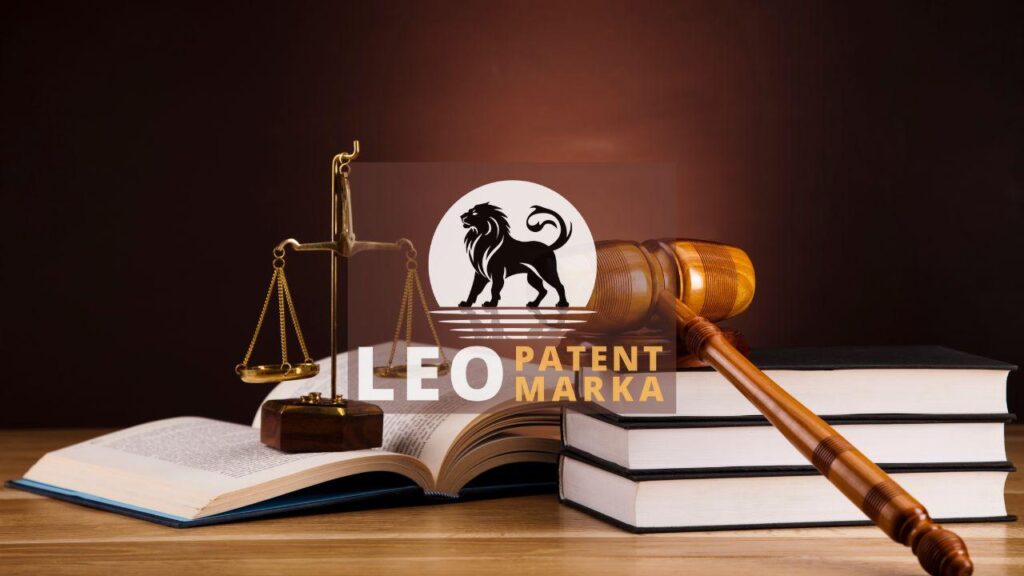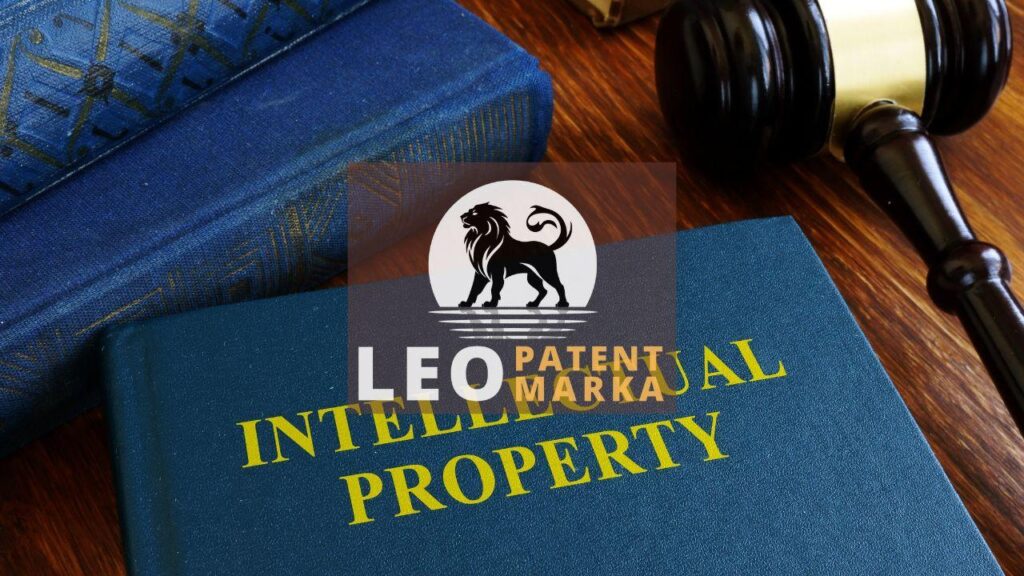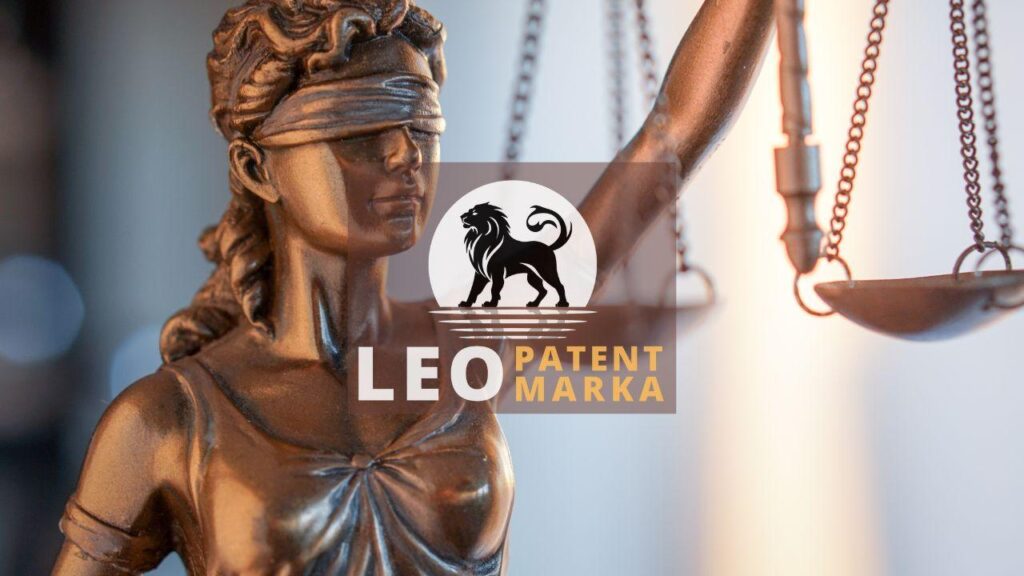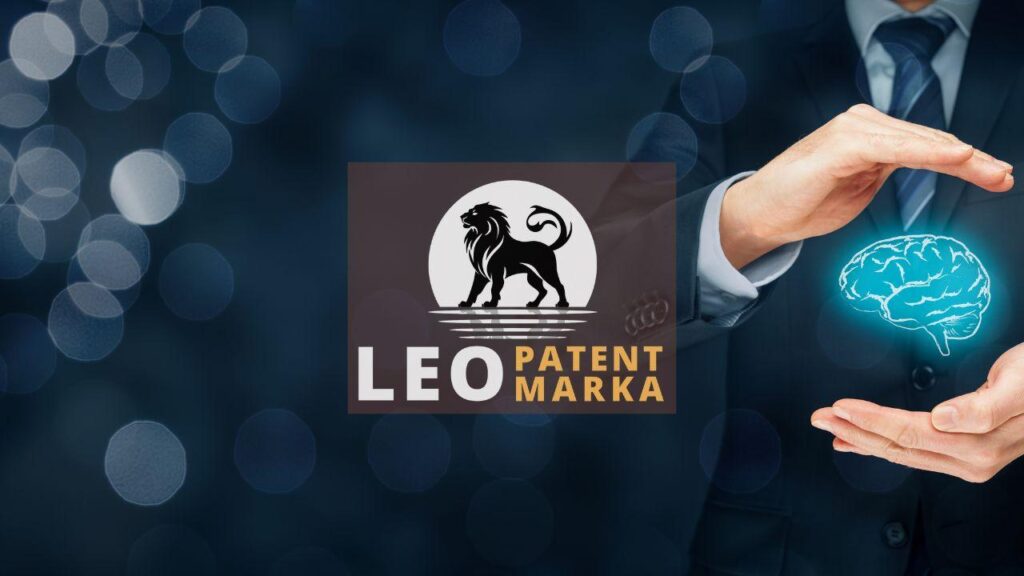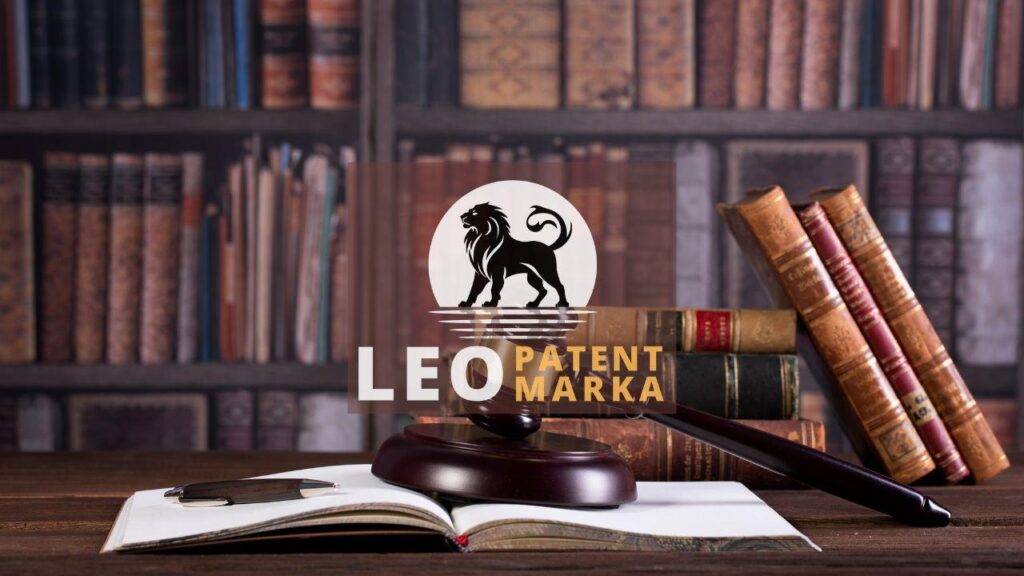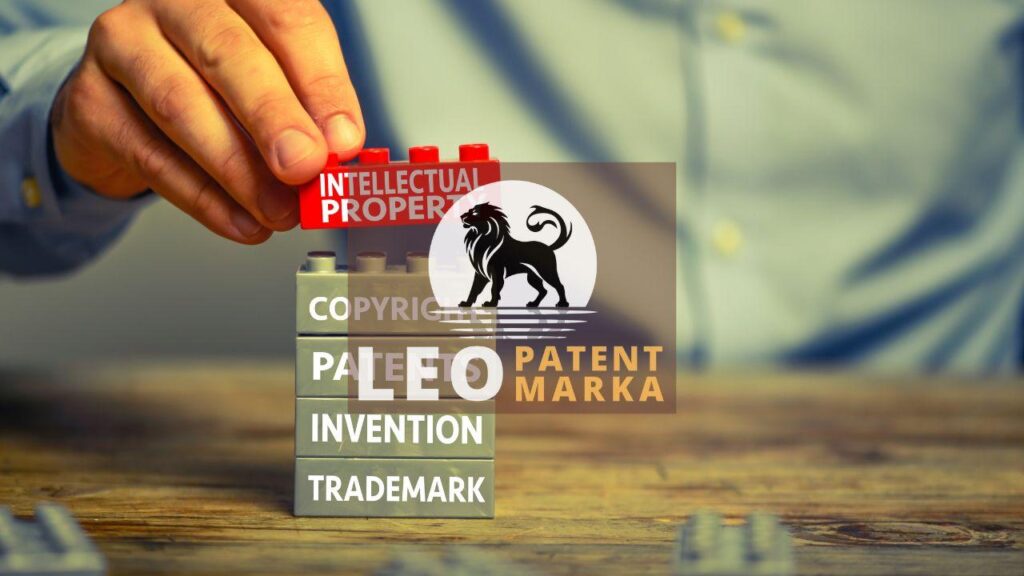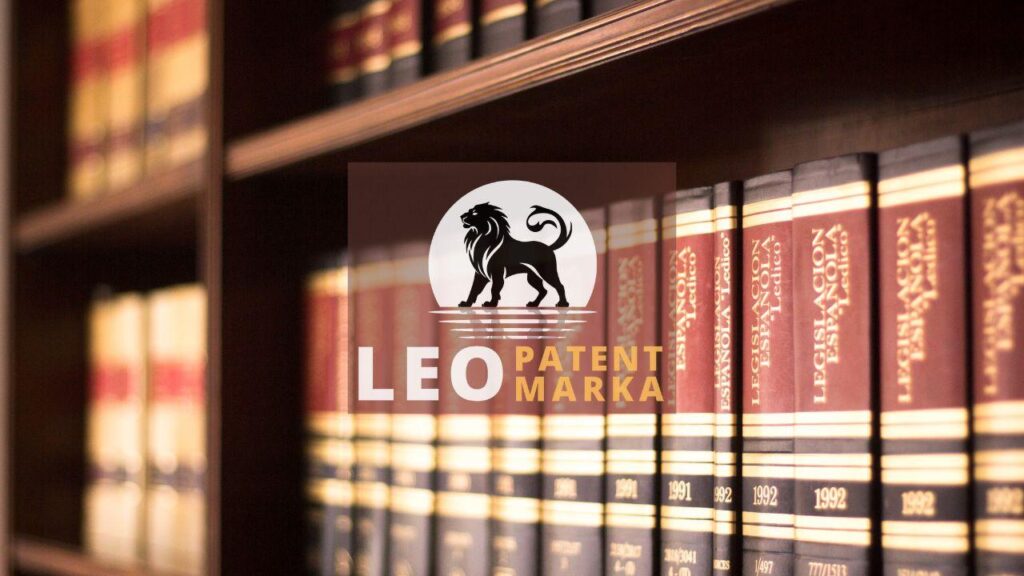Licensing your patent is like unlocking a treasure chest. It holds the potential to generate revenue without the hassle of production. But how do you begin the patent licensing process? Understanding it can turn your innovative ideas into a steady income stream. It’s not merely about signing a document; it’s about strategically monetizing patents. Think of it as planting seeds for future financial growth. With the right patent licensing tips, you can ensure that your invention doesn’t just sit idle. Instead, it works hard for you, opening doors to new opportunities and partnerships. Dive into the world of licensing, and you’ll see it’s a path paved with possibilities. Many inventors stand before this impressive gateway, yet few know how to walk through. Don’t miss out. Learn how to license your patent effectively and watch as your creation transforms from concept to cash flow. It’s time to take your step.
Understanding the Licensing Process: Key Steps for Inventors
Stepping into the patent licensing process is much like entering a well-coordinated dance. Each step is crucial to ensure you’re on the right path to generate revenue. Start by thoroughly understanding your patent’s value—it’s the foundation upon which all else is built. An honest assessment will guide you in licensing your patent effectively. Next, prepare a solid licensing agreement, one that not only protects your interests but also remains appealing to potential partners. Don’t slide into complex jargon; clarity here can be the bridge between confusion and a handshake deal. Seek the counsel of an experienced attorney, as they provide invaluable patent licensing tips to smooth out potential kinks in the process. Keep in mind that monetizing patents isn’t a quick sprint—it’s a marathon. With patience and precision, you can unveil hidden opportunities that lie within.
Understanding the licensing process can feel like learning a new language, yet each word learned adds a tool to your arsenal. First, recognize the importance of thorough research on current market trends and potential competitors. This provides a clearer picture of where your patent stands. Approach the patent licensing process with open eyes to unforeseen innovations your concept might inspire. Building relationships is crucial. Network with those who can add value and enhance possibilities. Always remember, the balance in negotiations plays a pivotal role. You want to secure terms that permit you to license your patent without feeling shortchanged. Make transparency your ally, as this can lead to smoother talks and trust-building with partners. Use clear, straightforward communication and avoid vague terms. These steps empower you and provide the patent licensing tips needed to amplify your potential to generate revenue through well-crafted agreements.
Another key step in the patent licensing process is crafting a tailored strategy. Begin by deciding if an exclusive or non-exclusive license will serve you best. Weigh the benefits of each, considering how they align with your revenue goals. Exclusive licenses might offer higher returns but could limit your market reach. Non-exclusive licenses, on the other hand, open the door to multiple partnerships, which can lead to diversified income streams. Analyze the market—where is the demand hot, and where is it not? This understanding will guide your next moves. As you negotiate, don’t shy away from discussing royalties and payment structures. Make sure they’re set to generate revenue effectively. Remember, a carefully laid-out plan can be your roadmap to successfully monetizing patents. These patent licensing tips, when followed meticulously, form the backbone of a lucrative journey, leading you towards a thriving future.
Maximizing Profit: Negotiation Strategies for Licensing Agreements
Negotiating a license patent agreement is like walking a tightrope. It’s about finding that sweet spot where both parties leave satisfied. Start with understanding the value your patent brings. This is the cornerstone of any negotiation. Highlight how your invention can generate revenue and offer considerable benefits to the potential licensee. Your next move? Be clear on what you want in return—be it upfront fees, royalties, or a hybrid of both. Remember, the patent licensing process is about give and take, much like a game of chess. Bring the right chess pieces: patent licensing tips and monetizing patents strategies, ensuring your terms are sound and future-proof. You don’t have to compromise more than necessary. Identify your non-negotiables upfront and stick to them. Mastering this arena can maximize your profit potential while ensuring a lucrative and lasting partnership. A well-negotiated deal today can mean steady returns tomorrow.
Navigating the patent licensing process with skillful negotiation strategies can dramatically boost your profit potential. Begin by conducting thorough market research to understand industry standards and valuable licensing paths—essential moves in monetizing patents. Harness the power of clear communication with possible licensees: articulate the benefits your patent offers while remaining receptive to their feedback. Structure royalties to benefit both parties. Consider an escalating royalty rate as licensee sales grow. It’s a win-win that ensures a lasting relationship and maximizes your earnings. Remember, flexibility can be your ally. Don’t just stick to one method. Delve into hybrid agreements, combining elements like milestone payments or equity. By applying these patent licensing tips, you’ll be crafting agreements that not only generate revenue but also set you apart in a crowded marketplace. Seize these opportunities by being strategic, savvy, and ready to adapt as needed.
Crafting a successful license patent agreement hinges on smart negotiation tactics that boost your revenue potential. Aim to highlight the unique strengths of your patent—focus on how it solves existing market problems. This empathy-driven tactic can truly captivate potential partners. Remember, numbers speak volumes. Quantify your patent’s value with market data and forecasted earnings to showcase its worth. Offer flexibility but protect your interests, striking a balance that keeps both parties content. Seal the deal with patent licensing tips that foster long-term alliances. Whether it’s through exclusivity arrangements or performance-based incentives, ensure the agreement works hard for you both today and down the road. Tailor terms to fit the specific needs of your industry and licensee. A well-negotiated contract becomes the engine driving monetizing patents into a sound financial future. The path is there—strategize, negotiate, and step confidently toward transforming those patents into profit.
Legal Considerations: Navigating Patent Law in Licensing Deals
In the patent licensing process, legal considerations stand as the solid foundation beneath your venture. As you look to license your patent, understanding patent law is paramount. It guards your innovations like a knight protecting a kingdom. Every inventor dreams of smooth sailing through this complex sea, but stormy legal waters can arise. This is where expert advice becomes invaluable. A well-drafted agreement isn’t just ink on paper—it’s your safeguard, ensuring rights are crystal clear. Monetizing patents requires clear terms to avoid pitfalls that could sink your potential to generate revenue. Also, be wary of international waters where laws vary like the shifting tides. Remember, the right patent licensing tips can steer you clear of legal headaches, ensuring your journey remains profitable. As you dive into the maze of licensing, make your legal compass sharp—your patent deserves nothing less than the utmost vigilance to thrive.
Understanding the intricacies of patent law is akin to maneuvering through a dense forest. The path isn’t always clear, but with the right tools—expert guidance and thorough research—you can find your way. As you navigate the patent licensing process, consider the terrain carefully. What are the risks of licensing your patent without safeguarding your invention? Trust in legal expertise to dissect contracts, ensuring your rights are as firmly protected as a castle’s fortress. Licensing is more than a transaction; it’s a strategic alliance designed to generate revenue while securing your intellectual property. The wrong step could lead to tangled legal disputes, jeopardizing your chance to monetize patents efficiently. A well-structured agreement acts like a map, setting clear boundaries so all parties understand their roles and responsibilities. Special attention to patent licensing tips will help avoid costly missteps and place you on the forefront of successful licensing endeavors.
When it comes to licensing your patent, weaving through the maze of legalities can seem like deciphering an ancient map. The key lies in meticulous planning and a clear understanding of every legal nook and cranny. License your patent wisely with these patent licensing tips, ensuring your invention remains shielded under a robust legal umbrella. Generating revenue through licensing hinges on precision, making every clause count like gold pieces stacked neatly in a chest. Contracts act as your compass, guiding you smoothly through the convolutions of the patent licensing process. Expert advice, akin to a treasured ally, is indispensable for avoiding the treacherous pitfalls that lurk in the shadows of legal interpretations. When you seek to monetize patents, remember: a well-crafted agreement is not just a formality but a lifeline—one that keeps your venture buoyant and your creative assets safeguarded in the ever-competitive marketplace.
Disclaimer: This article is for general information purposes only and it is recommended that you consult experts and companies in that field to evaluate your specific situation. We are not responsible for any damage that may arise from the use of the information in this article.

